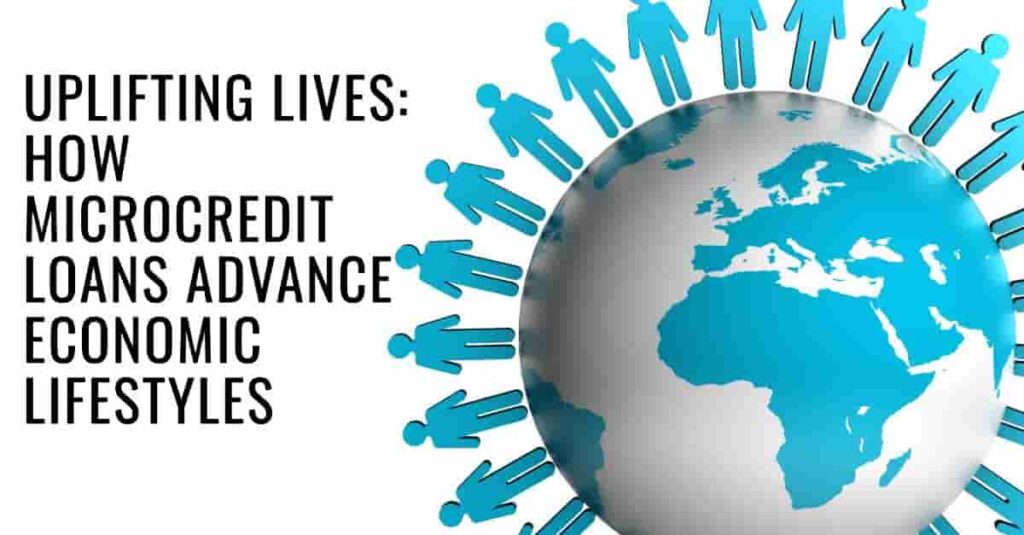
SUPPORTING LOCAL BUSINESSES: THE BENEFITS, CONSIDERATIONS, CHALLENGES AND SOLUTIONS OF GIVING OUT LOANS TO SMALL MARKET ENTERPRISES ( SMES)
Small Market Enterprises (SMEs) are the backbone of local economies, driving innovation, job creation, and community development. One way to support these businesses is by providing loans to help them overcome financial challenges and grow their operations. AT VALDYMAS ENTERPRENEURIAL AND TRANSFORMATIONAL LEADERSHIP EMPOWERMENT PROGRAM (VETLEP) we’ll explain to you the benefits and considerations of giving out loans to SMEs and provide guidance on how to structure a successful loan program.
BENEFITS OF GIVING OUT LOANS TO SMES
- Supports Local Economic Development: By providing loans to SMEs, you can help stimulate local economic growth and development (Beck & Demirguc-Kunt, 2006).
- Encourages Entrepreneurship and Job Creation:SMEs are often the engines of job creation, and loans can help them hire more staff and expand their operations (Ayyagari et al., 2011).
- Helps SMEs Overcome Financial Challenges:Loans can provide SMEs with the financial support they need to overcome challenges and achieve their business goals (Kumar & Antony, 2018).
CONSIDERATIONS WHEN GIVING OUT LOANS TO SMES
- Risk Assessment:SMEs may have limited credit history or collateral, increasing the risk of default. A robust risk assessment process is essential to mitigate this risk (World Bank, 2020).
- Loan Terms:Interest rates, repayment terms, and loan amounts should be carefully considered to ensure the SME can manage the loan (Beck & Demirguc-Kunt, 2006).
- Support and Guidance:Providing guidance and support to SMEs can help them manage their finances and increase their chances of success (Kotler & Lee, 2007).
CHALLENGES AND PROBLEMS WHEN GIVING OUT LOANS TO SMES
- High Risk of Default:SMEshave limited financial resources, making it challenging for them to repay loans (World Bank, 2020).
– Solution: Implement a robust risk assessment process, offer flexible repayment terms, and provide financial counseling to SMEs.
- Limited Collateral:SMEsdo not have sufficient collateral to secure loans, making it difficult for lenders to recover losses in case of default (Beck & Demirguc-Kunt, 2006).
– Solution: Consider offering unsecured loans or alternative forms of collateral, such as personal guarantees or inventory financing.
- Information Asymmetry:SMEs may not have transparent financial records, making it challenging for lenders to assess their creditworthiness (Kumar & Antony, 2018).
– Solution: Provide financial management training and support to SMEs, and consider using alternative credit scoring models.
BEST PRACTICES FOR GIVING OUT LOANS TO SMES
- Develop a Robust Risk Assessment Process:This will help you identify potential risks and make informed lending decisions (World Bank, 2020).
- Offer Flexible Loan Terms and Competitive Interest Rates: This will help SMEs manage their loan repayments and increase their chances of success (Beck & Demirguc-Kunt, 2006).
- Provide Business Advisory Services and Support:This will help SMEs develop their business skills and manage their finances effectively (Kumar & Antony, 2018).
- Monitor and Evaluate the Impact of Your Loan Program:This will help you identify areas for improvement and make data-driven decisions (OECD, 2018).
References
By understanding the benefits and considerations of SME lending, and by implementing best practices and solutions to mitigate challenges, you can create a successful loan program that supports the growth and development of SMEs in your community.
References
- Ayyagari, M., Demirguc-Kunt, A., & Maksimovic, V. (2011).Small vs. young firms across the world: contribution to employment, job creation, and growth. World Bank Policy Research Working Paper Series.
- Beck, T., & Demirguc-Kunt, A. (2006).Small and medium-size enterprises: Access to finance as a growth constraint. Journal of Banking & Finance, 30(11), 2931-2943.
- Kotler, P., & Lee, N. (2007).Marketing in the public sector: A roadmap for improved performance. Pearson Education.
- Kumar, V., & Antony, J. (2018). Critical success factors for sustainable supply chain management in SMEs: A conceptual framework. Journal of Cleaner Production, 172, 3798-3808.
- (2018).Fostering innovation in SMEs. OECD SME and Entrepreneurship Papers.
- World Bank. (2020). Doing Business 2020: Comparing Business Regulation in 190 Economies. World Bank Group.



